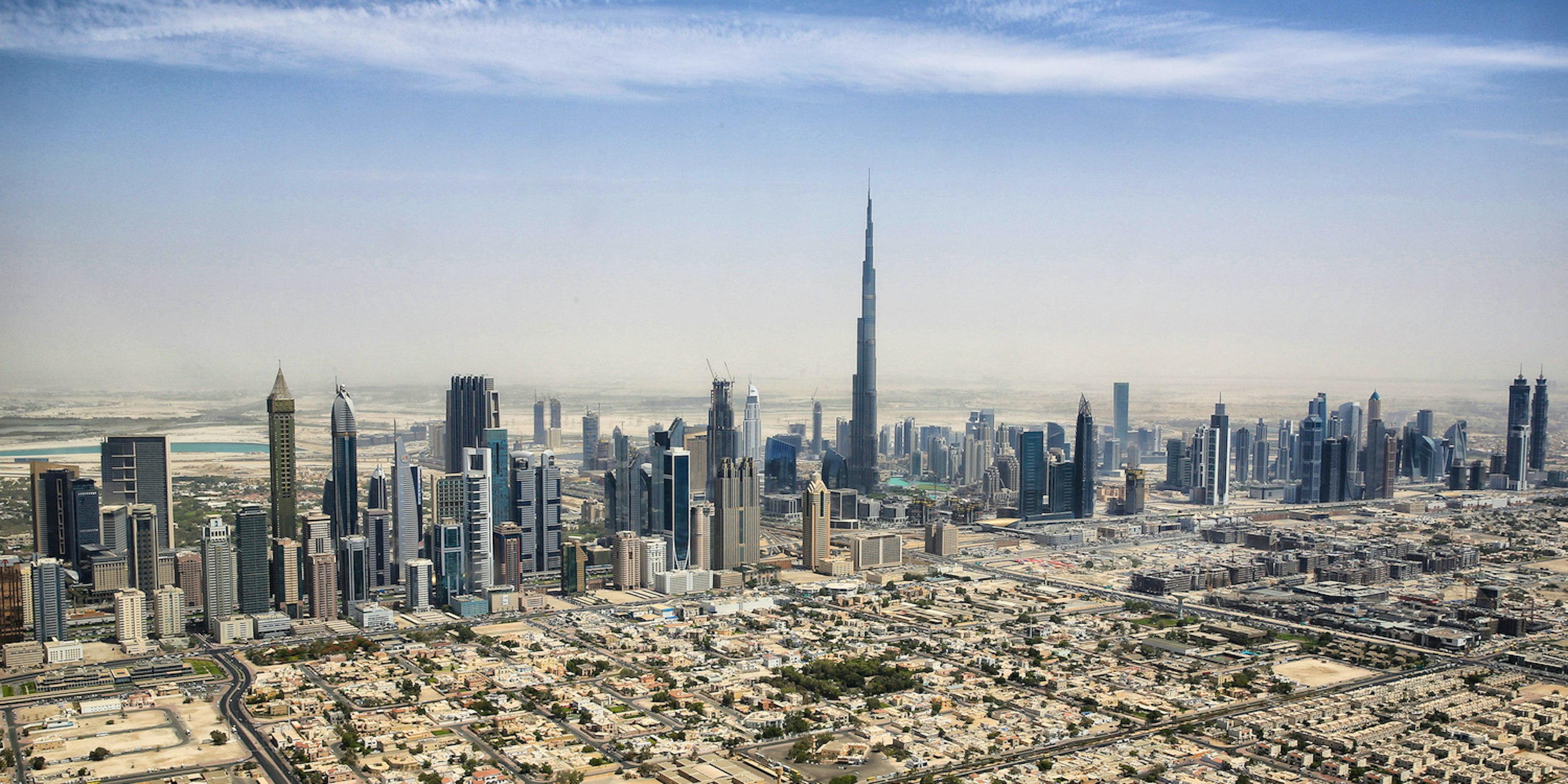Science fiction cityscapes have awed audiences since Metropolis debuted in Germany in 1927. These amplified skylines provide a visual shorthand for change, depicting a sort of physical and political accretion. The future Los Angeles of Blade Runner (and Blade Runner 2) implies the end of nationalism. The flooded New York of Spielberg’s A.I. Artificial Intelligence implies climate change and loss. The upper middle class verticality of Spike Jonze’s Her implies the economic and cultural results of widespread automation. These cities aren’t just predictions, they’re caricatures of our culture that eventually inform real world decision making.
Steve Graham understands the reciprocal relationship between science fiction and reality better than most: He’s a professor of cities and society in the Global Urban Research Unit at Newcastle University, an expert on speculative fiction, and the author of Vertical: The City from Satellites to Bunkers. Inverse spoke with Graham about science fiction’s urban landscapes, what they mean, and how they’re being built already.
Could you highlight some of the symbolism common to most science fiction cityscapes?
The vertical cityscape has totally dominated modern science fiction since its inception in the late 19th century, and persistent tropes of the vertical city re-emerge endlessly with the inscription of class and political and social relations into vertical space. The power of the elite being a power of inhabiting the high spaces of the huge, elongated towers; the domination of the airspaces. And their vertical dominance is literally overwhelming to those who are at the lower level in society, who are almost always inscribed into these labyrinthine, burrowing, hell-like subterranean or street levels.
So there’s this obsession with gigantism. Ever since H. G. Wells wrote The Sleeper Awakes, in late 19th century London, the assumption was that the future was going to be vertically gigantic.
Elites, in many of these worlds, inhabit this world of decadence and fantasy and power, and have an arrogant disdain for the minions who are building and operating their city. This is very prevalent in the recent film looking at J.G. Ballard’s High-Rise dystopia about modernist housing in England. This means that the politics of resistance in these cities tend to be about how repressed workers can actually transcend the strata of society by uprising against the arrogant elite power above — whether it be through trying to take on surveillance systems built to control them, or literally, physically, uprising against the elites like in Metropolis.

Dubai
Do you think this theme is common merely because it’s a powerful visual metaphor, or for other reasons as well?
This is much more than metaphorical. These are not just imagined cityscapes: The way these putative futures are imagined have enormous implications for our contemporary urban life. There are all sorts of issues here. One is that they inspire contemporary architecture. There’s no doubt whatsoever that Blade Runner has been a big inspiration for a lot of architecture. The visual designer who shaped the sets of Blade Runner — a guy called Syd Mead, who was an architectural draftsman by training — has done a lot of touring around the Middle East, especially, to talk to elites in those parts of the world about futurist architectures. The architect for the Burj Khalifa, Adrian Smith, has a hugely influential practice in Chicago, SOM, which designs most of the world’s supertall skyscrapers. He said that his inspiration for designing the Burj Khalifa came from watching Wizard of Oz as a child — the Emerald City being these gleaming towers looming high above flat, endless plains...MORE